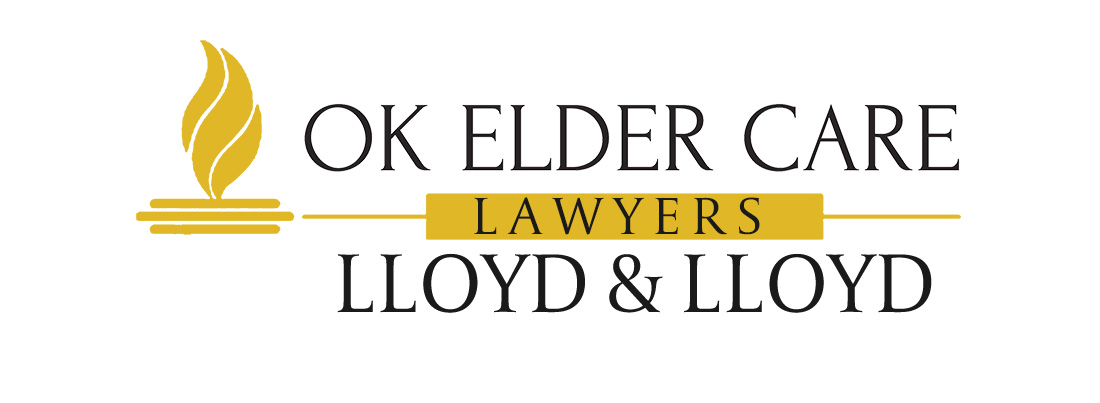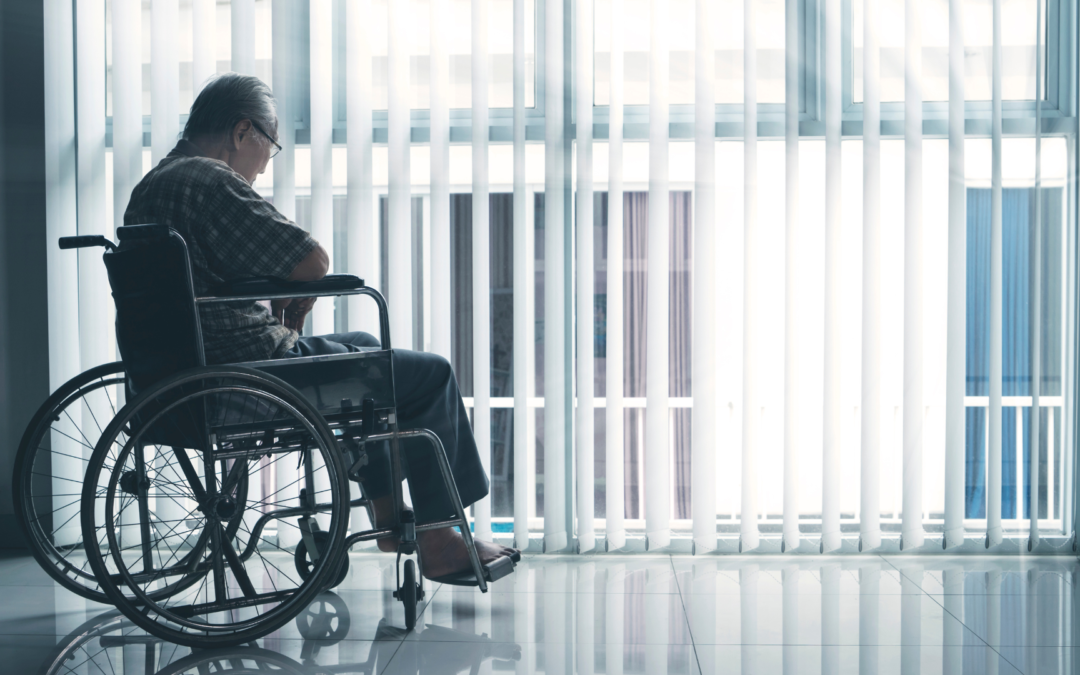Each year, more than 1 in 10 elder adults in nursing homes or long-term care facilities across the country experience some form of elder abuse. That’s over 7 million elders in America each year—and that’s, unfortunately, a conservative estimate.
Making matters worse, elder abuse is widely underreported to authorities, and countless vulnerable Americans suffer in silence. Estimates range from as few as 1 in 14 to 1 in 24 elder abuse cases are reported to authorities.
It’s important to report nursing home abuse if suspect it is happening to a loved one. Not only can you prevent it from prolonging and causing or worsening health issues, but you can stop or prevent other nursing home residents from suffering as well.
How to Report Elder Abuse
The first thing you should do is talk to your loved one about the suspected abuse. However, be aware that sometimes victims deny the abuse for fear of retaliation from the abuser.
If you still have concerns after talking to your loved one, refer to these resources and contact the proper authorities:
- File a complaint directly to the Oklahoma State Department of Health’s Long Term Care Service here (near the bottom of the page, above the Contact Information).
- File a complaint directly to the Oklahoma State Department of Human Services here.
- The Department of Justice’s Elder Justice Initiative provides resources specifically for Oklahoma.
- The National Center for Victims of Crime’s Financial Crime Resource Center can help with identity theft and other financial crimes.
- The Financial Industry Regulatory Authority (FINRA) has a Securities Helpline for Seniors who have investment or brokerage accounts.
- Call Lloyd & Lloyd directly at 918-246-0200 or contact us here and let us help you get the justice your loved one deserves.
How to Identify Elder Abuse
The National Center for Victims Research (NCVR), a part of the Office for Victims of Crime, defines elder abuse thus:
“Any knowing, intentional, or negligent act that causes harm or serious risk of harm to an older adult (age 60 or older) by a person in a relationship of trust, such as a family member, caregiver, or guardian.”
The NCVR breaks the types of elder abuse down further, which we’ll cover below. All quoted definitions are cited from the NCVR.
Physical Abuse
“Use of physical force against an older adult that may result in physical harm, including bodily injury, physical pain, or impairment; inappropriate physical restraint of an older adult.”
Signs of Physical Abuse
- Unexplained bruises (especially in clusters or atypical locations), cuts, scars or burns
- Changes in behavior, including increased anger, fear, anxiety, nervousness, or depression
- Repeated or related injuries
- New side effects from medication
- Visible fear or discomfort when a caretaker is present
Sexual Abuse
“Non-consensual sexual contact with an older adult or sexual contact with an older adult incapable of giving consent.”
Signs of Sexual Abuse
- Sudden changes in mood or behavior
- Torn or bloody clothes, especially underwear
- Sexually transmitted diseases or infections
- Bruises, cuts or lacerations, especially on both sides of the body or around the breasts, genitals, wrists or ankles
- Bleeding from the vagina or anus
Emotional or Psychological Abuse
“Use of verbal or nonverbal acts against an older adult in a manner that inflicts mental pain and/or distress. The same set of behaviors is sometimes called emotional or verbal abuse.”
Signs of Emotional or Psychological Abuse
- Acting withdrawn or frightened
- Trouble sleeping
- Unexplained mood or behavioral changes
- Psychological trauma signs, like rocking back and forth or mumbling to themselves
- Depression, confusion, or losing interest in hobbies or activities
Caregiver Neglect or Abandonment
“Failure to fulfill any part of a person’s responsibilities to an older adult (e.g., not providing sufficient food or access to medication).”
“Desertion of an elderly person by an individual who has assumed responsibility for providing their care.”
Signs of Caregiver Neglect or Abandonment
- Body odor, dirty clothes, and unkempt hair
- Messy, unclean, or unsafe living conditions
- Unexplained weight loss
- Dehydration or loss of appetite
- Bedsores or skin rashes
- Missing or broken dentures, eyeglasses, hearing aids or walkers
- Unexplained and/or repeated falls
Financial Exploitation
“The illegal or otherwise inappropriate use of an older adult’s funds, property, or assets. Sometimes referred to as material exploitation.”
Signs of Financial Exploitation
- Unexplained charges or withdrawals from bank accounts
- Unpaid bills, suspended utilities, or threats of eviction
- Missing financial statements or legal documents
- Recent or abrupt changes to legal or banking documents, including adding new authorized signers or beneficiaries
- Missing property
- Lack of necessities like groceries and personal products
- Disparities between lifestyle and assets (whether of the patient or caregiver)
Medicare Fraud or Abuse
“Knowingly submitting false claims or misrepresenting facts to obtain a Federal healthcare payment that otherwise would not qualify.”
“Practices that directly or indirectly result in unnecessary costs to the Medicare program. Abuse includes any practice that does not provide patients with medically necessary services or meet professionally recognized standards of care.”
Signs of Medicare Fraud or Abuse
- Receiving multiple invoices for the same service, or invoices for treatments that weren’t received
- Excessive charges or markups for services or supplies
- Misusing billing codes on a claim
- Incorrect information on medical or health insurance documentation
- Waived deductibles or co-payments without explanation
Lloyd & Lloyd Is Here to Help
Talk to the legal experts at Lloyd & Lloyd to see if you are dealing with abuse and what course of action you should take. Don’t let nursing homes and caretakers get away with abuse. Get answers from Lloyd & Lloyd now with a free case assessment. You can contact us here or call us at 918-246-0200.
Where to Learn More
The National Council on Aging provides this extensive list of resources for elder abuse and mistreatment:
- Administration for Community Living (ACL): Protecting Rights and Preventing Abuse
- National Center on Law & Elder Rights
- USC Center on Elder Mistreatment
- CFPB Office of Financial Protection for Older Americans
- Department of Justice Elder Justice Initiative
- Federal Trade Commission Scam Alerts
- U.S. Government Accountability Office (GAO)
- Elder Justice Coalition
- Ageless Alliance
- Women’s Institute for a Secure Retirement (WISER)
- Elder Financial Protection Network
- National Adult Protective Services Association
- National Long-Term Care Ombudsman Resource Center
- NCEA and United Nations resources

